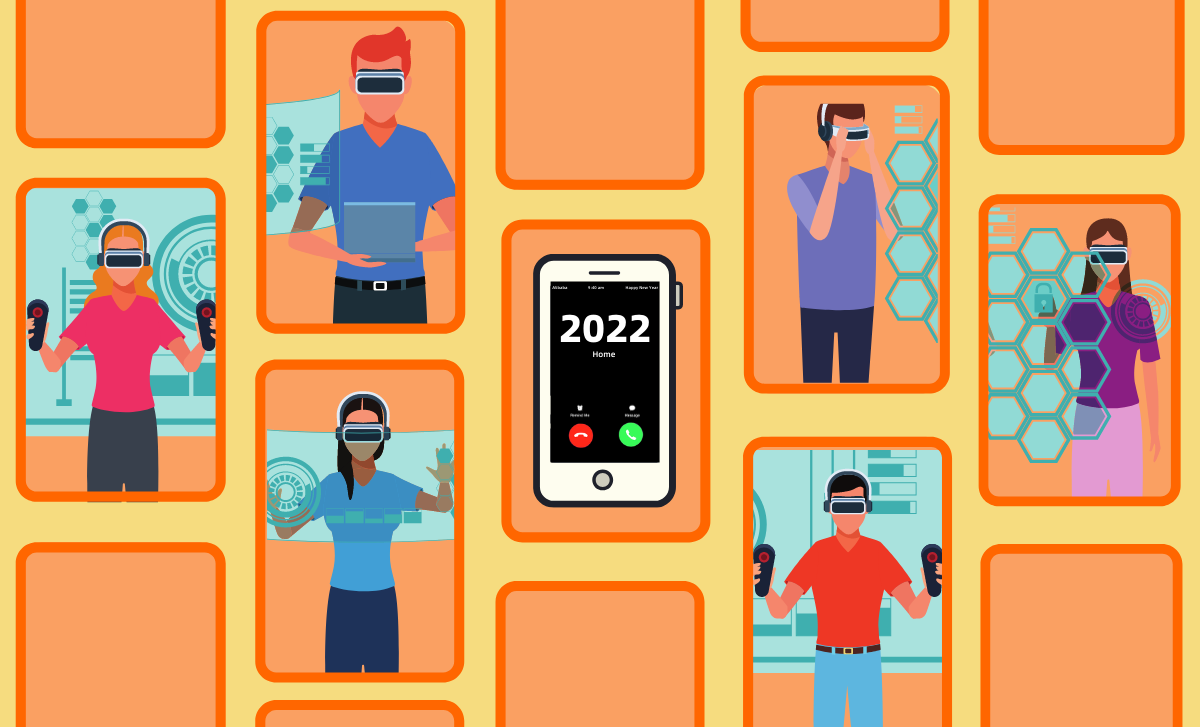
Photo credit: Alibaba Group/Elizabeth Utley
The coronavirus pandemic, climate change and evolving gender politics are among the powerful forces refashioning consumer behavior. Retailers are racing to keep up.
The industry will need to adapt to changing norms quickly, or swathes of businesses will face irrelevancy as past purchases no longer imply brand loyalty.
Market research provider, Euromonitor International, has identified ten consumer tribes that erupted onto the scene during the pandemic and is advising retailers on how to seize the opportunities and avoid the pitfalls created by social upheaval.
Over the coming days, we will profile other consumer tribes and examine how merchants, from multinationals to startups in niche categories, adapt to meet their needs.
In our 10-part series we have looked at how “Climate Changers” and “Back-Up Planners” impact retailers. Today we’ll explore how the “Metaverse Moment” is creating an alternate reality for retail:
No. 8: THE METAVERSE MOVEMENT
Consumers embraced digital spaces to hang out with online communities during lockdowns. Now, online socialization is the preferred form of entertainment for younger generations.
In the metaverse, people will don visual aids and hang out in virtual shared spaces, connecting to “verses” where they will work, learn, shop and make friends.
Euromonitor found that 38% of consumers took part in online video gaming at least weekly last year, up from 29% in 2015. Augmented reality (AR) and virtual reality (VR) headset sales climbed 56% between 2017 and last year.
DAMO Academy predicted that extended reality — a combination of augmented, virtual and mixed reality with our world — will transform how people live.
“The boundary of technologies is extended from the physical world to mixed reality,” said Jeff Zhang, Head of DAMO Academy, who foresees extended reality glasses becoming commonplace in the coming years.
The metaverse is also opening up a new reality for consumers that blends the sensations of physical shopping with the range of choice offered by e-commerce.
Consumers will outfit their avatars to explore virtual worlds during the Metaverse Movement.
Immersive environments could drive e-commerce and virtual product sales as access expands. Fashion brands are leveraging social media to crowdsource content and designs, promote products and train associates to build followings. They can test consumers’ appetite for their collections virtually before rolling out the physical products.
As the Metaverse Movement gains tech-savvy participants, businesses must navigate these new dimensions to boost brand recognition and generate revenue. They will need to build the tools or join platforms that enable consumers to try out and test products.
Using 3D technology, Chinese shoppers can virtually browse luxury handbag maker Coach’s boutique on New York’s Fifth Avenue, one of the most expensive shopping streets in the world. The American fashion house gamified the experience as well: encouraging shoppers to expand their virtual wardrobes with perks and privileges.
Improvements in AR and virtual reality VR capabilities, as well as lower equipment costs, will increase access to 3D virtual spaces, such as Swedish furniture giant IKEA’s virtual store on B2C online marketplace Tmall.
Virtual stores will create spaces for e-commerce sales and offer digital-only products for sale, such as non-fungible tokens, better known as NFTs, to dress and house avatars.
“We also believe in the metaverse,” said Patrice Louvet, president and CEO of Ralph Lauren, adding that he has already dressed his avatar. The metaverse is a new revenue source, in which Ralph Lauren has already sold 100,000 units.
“You wouldn’t want your avatar to be running around naked,” he said during the National Retail Federation’s annual industry shindig this month.
Companies that build a virtual presence now will be at the forefront as the metaverse develops, said Euromonitor.
On Tmall Luxury Pavilion, dozens of merchants display hundreds of products using 3D and AR technology, including shoes, bags, watches and glasses.
“Watches are great examples of the technology in action,” Janet Wang, Tmall Luxury Pavilion’s General Manager, told Alizila.
Tmall LP customers can try on the watches virtually, and the technology makes sure that the watches fit snugly on the customer’s wrist and move in sync with the wearer.
“We found this new form of product display is very attractive to young users between the ages of 18 and 35,” said Wang, either in the interactive section of Tmall LP or on the site’s product browsing page where an algorithm makes recommendations tailored to the client’s preferences.
Users typically spend more than 31 seconds in Tmall LP’s interactive section, 12 seconds higher than the average time spent browsing for products on static pages. The marketplace also found that users are willing to watch more if products are displayed using 3D and AR technology.
The next instalment in this series will explore how Digital Seniors are using their spending power to make their presence felt




